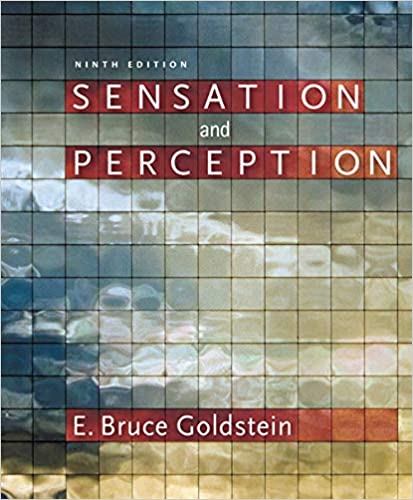
Sensation and Perception 9th Edition by Bruce Goldstein
Edition 9ISBN: 978-1133958475
Sensation and Perception 9th Edition by Bruce Goldstein
Edition 9ISBN: 978-1133958475 Exercise 2
Texture gradients are said to provide information for depth perception because elements in a scene become more densely packed as distance increases. The examples of texture gradients in Figures 1 and 2 contain regularly spaced elements that extend over large distances. But regularly spaced elements are more the exception than the rule in the environment. Make an informal survey of your environment, both inside and outside, and decide (a) whether texture gradients are present in your environment and (b) if you think the principle behind texture gradients could contribute to the perception of depth even if the texture information in the environment is not as obvious as the examples in this chapter.
Figure 1 Pietro Perugino. Christ Handing the Keys to St. Peter (Sistine Chapel). The convergence of lines on the plaza illustrates perspective convergence. The sizes of the people in the foreground and middle ground illustrate relative size.

Figure 2 Texture gradients created by marathon runners and flowers. The increasing fineness of texture as distance increases enhances the perception of depth.

Figure 3 One eye moving past (a) a nearby tree; (b) a far-away house. Because the tree is closer, its image moves farther across the retina than the image of the house.

Figure 4 Position of the hands for "Deletion and Accretion" demonstration.

Figure 1 Pietro Perugino. Christ Handing the Keys to St. Peter (Sistine Chapel). The convergence of lines on the plaza illustrates perspective convergence. The sizes of the people in the foreground and middle ground illustrate relative size.

Figure 2 Texture gradients created by marathon runners and flowers. The increasing fineness of texture as distance increases enhances the perception of depth.

Figure 3 One eye moving past (a) a nearby tree; (b) a far-away house. Because the tree is closer, its image moves farther across the retina than the image of the house.

Figure 4 Position of the hands for "Deletion and Accretion" demonstration.

Explanation

This question doesn’t have an expert verified answer yet, let Examlex AI Copilot help.
Sensation and Perception 9th Edition by Bruce Goldstein
Why don’t you like this exercise?
Other Minimum 8 character and maximum 255 character
Character 255


